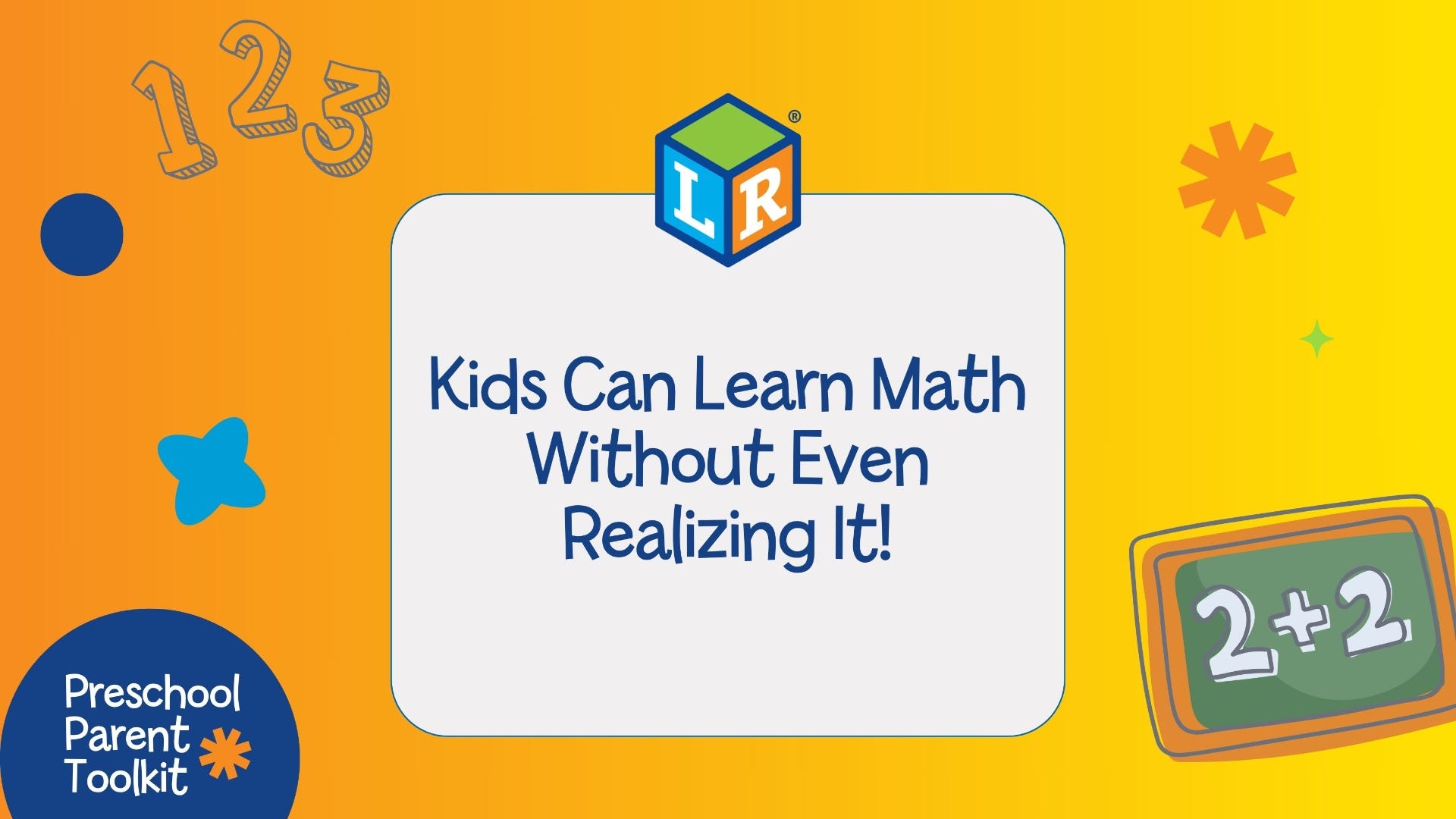Mathematics often conjures up images of complex algorithms, vexing equations, and the relentless struggle of study sessions filled with frustration. However, what if an alternative approach exists, one that enables learning math through immersive experiences rather than traditional rote memorization? This paradigm shift invites exploration of how individuals can cultivate mathematical prowess without engaging in formal learning methods.
At the core of this unconventional approach lies the concept of experiential learning. This method emphasizes the acquisition of skills and knowledge through direct experience, allowing learners to absorb mathematical concepts organically. By integrating mathematical thinking into everyday activities, individuals can unwittingly enhance their numeric understanding. Whether it be through engaging with board games, puzzles, or even cooking, opportunities abound to explore mathematical principles in a less structured format.
One cannot underestimate the potency of play in mathematics. When children—and adults alike—interact with games, they are actively constructing knowledge. Games such as Sudoku or tangram puzzles serve as avenues to develop spatial reasoning and problem-solving skills. In convivial settings, board games like Catan introduce players to concepts of resource allocation and strategic planning, all underpinned by mathematical reasoning. Thus, the act of playing transmutes into an invaluable educational tool.
Moreover, the realm of sports offers an unexpected, yet rich, landscape for mathematical learning. Athletes routinely employ strategic thinking, which transcends mere physical skill. Take basketball, for instance; each game presents calculated decisions around angles, distances, and statistics. Such elements require players to engage in mathematics subconsciously, as they anticipate shots, estimate passes, and evaluate opponents. Thus, one might argue that sports, often regarded as a leisurely distraction, are a great conduit for assimilating mathematical concepts.
Additionally, the culinary arts provide a practical illustration of how math infiltrates our daily lives. Recipes necessitate precise measurements and conversions, and understanding proportions is pivotal for successful cooking. Scaling a recipe up or down transforms a seemingly mundane task into a mathematical exercise. The conversion of units—from teaspoons to gallons—unveils practical applications of fractions, ratios, and algebraic principles, reinforcing these concepts in a hands-on manner.
Visual arts, too, become fertile ground for cultivating mathematical cognition. Engaging in activities such as drawing or painting can lead to an intuitive grasp of geometry and symmetry. Artists frequently operate within the framework of proportions and perspectives, prompting an intuitive awareness of angles and shapes. Consequently, the act of creating transcends mere aesthetic expression to become a profound educational experience that elicits mathematical engagement.
Furthermore, storytelling emerges as an unexpected facilitator in the realm of mathematical understanding. Narrative structures often rely on patterns that can be analyzed and extrapolated to mathematical concepts. For instance, the Fibonacci sequence, inherently linked to narratives in nature, can be introduced through stories that illustrate its presence in the world. By weaving mathematics into the fabric of storytelling, abstract principles become tangible and relatable, fostering curiosity and understanding.
While these experiences may not replace traditional mathematics education, they undeniably augment one’s capacity to comprehend and apply mathematical principles. Observational learning—a key component of social learning theory—demonstrates that individuals can enhance their skills by simply observing others. Whether it is watching a parent balance a checkbook or a friend calculate the discount on a sale, these everyday scenarios provide learning opportunities that often go unnoticed.
Moreover, digital advancements have birthed a plethora of applications and online platforms that gamify mathematics, transforming it into an engaging experience. Programs that incorporate adaptive learning technologies can offer personalized challenges that cater to different learning styles. By embracing these tools, learners can traverse the landscape of mathematical theory without a conventional classroom setting, empowering themselves to acquire skills and knowledge at their own pace.
However, it is essential to acknowledge the cognitive and psychological barriers that often accompany the learning of mathematics. The phenomenon of math anxiety can stifle engagement and exploration. To mitigate this, fostering a positive atmosphere laden with encouragement and support is crucial. Surrounding individuals with peers who view mathematical challenges as collaborative puzzles rather than insurmountable obstacles can cultivate resilience and confidence. This supportive environment encourages individuals to take risks, explore new ideas, and ultimately embrace mathematics as an integral part of their lives.
In conclusion, the pursuit of mathematical understanding does not solely reside in textbooks and classrooms. By embracing experiential learning opportunities ingrained within daily activities, individuals can facilitate their mathematical growth without traditional instruction. Whether through play, sports, cooking, arts, narrative, or digital technologies, mathematics can be perceived as a vital component of the human experience rather than an arduous scholarly endeavor. This perspective not only piques curiosity but also promises a more holistic engagement with mathematics that fosters not just competence but also a genuine appreciation for the subject. In the end, delving into the world of mathematics without the constraints of formal learning becomes a journey of discovery, mingling the realms of observation, experience, and enjoyment.










